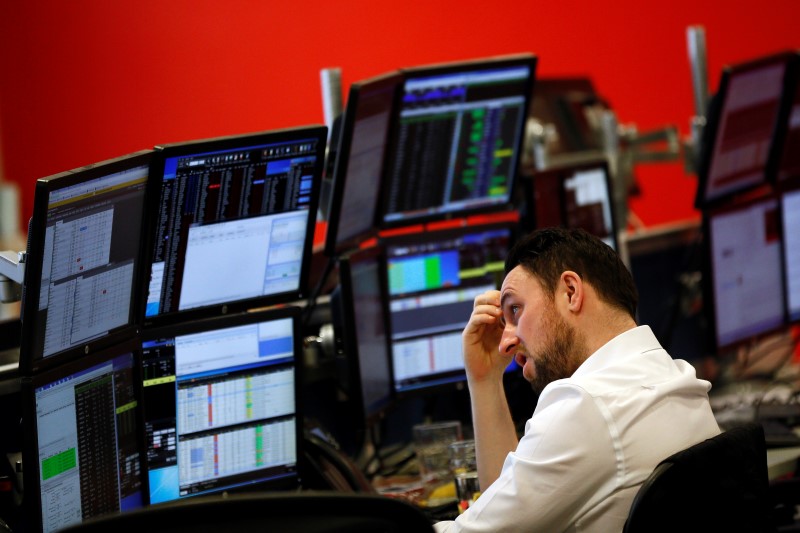
That Seat Will Cost How Much? The Ripple Effect of Trade Wars
The whispers have turned to shouts. For months, businesses across the United States have braced themselves, watching as trade tensions escalated. Now, the impact of these escalating tariffs is no longer a theoretical threat; it’s a stark reality reshaping the American economic landscape. From the smallest mom-and-pop shops to large corporations, the effects are widespread and deeply felt.
One of the most immediate consequences is the escalating cost of goods. Imagine running a small toy store. Every day, you’re bombarded with notifications of price increases – not small increments, but significant jumps that force you to constantly recalculate your margins. This isn’t an isolated incident. Manufacturers of everyday products, from the lip balm in your pocket to the furniture in your home, are grappling with similar challenges. One lip balm producer, for example, is already forecasting a staggering $5 million increase in the cost of goods – a figure that will undoubtedly ripple through the supply chain, impacting consumers in the form of higher prices.
This isn’t just about minor adjustments to pricing strategies; it’s about fundamental shifts in business models and long-term planning. Companies are forced to engage in frantic cost-cutting measures, potentially sacrificing quality, employment, or both. The decisions are agonizing: raise prices and risk alienating customers, or absorb the increased costs and potentially jeopardize profitability. There’s no easy answer, and the uncertainty is paralyzing.
The impact extends far beyond the immediate producers and retailers. The interconnectedness of global supply chains means that even companies seemingly removed from the direct impact of tariffs are feeling the pinch. Delays in shipments, disruptions to manufacturing processes, and increased logistical costs are all adding up, creating a complex and unpredictable business environment. This uncertainty makes it difficult to plan for the future, invest in growth, and maintain a stable workforce.
Furthermore, consumers are already feeling the effects. Higher prices on imported goods are steadily eroding purchasing power. What was once an affordable purchase may now be a luxury, forcing consumers to make difficult choices about their spending habits. This reduced consumer spending creates a domino effect, impacting not only businesses directly affected by tariffs but also those that rely on consumer demand.
The long-term implications are equally concerning. The constant uncertainty surrounding trade policy creates an environment of instability that discourages investment and economic growth. Businesses hesitate to expand, hire new employees, or invest in research and development when the rules of the game are constantly changing. This lack of investment has the potential to stifle innovation and limit future economic potential.
The situation demands a comprehensive and nuanced approach. While some argue that tariffs are necessary to protect domestic industries, the current situation highlights the significant downsides, emphasizing the crucial need for a more balanced and predictable trade policy. The widespread consequences demonstrate that the economic ripple effects of trade wars extend far beyond the initial target and create significant challenges for businesses and consumers alike. The question remains: how much are we willing to pay for these trade policies, and are the purported benefits worth the cost?



Leave a Reply